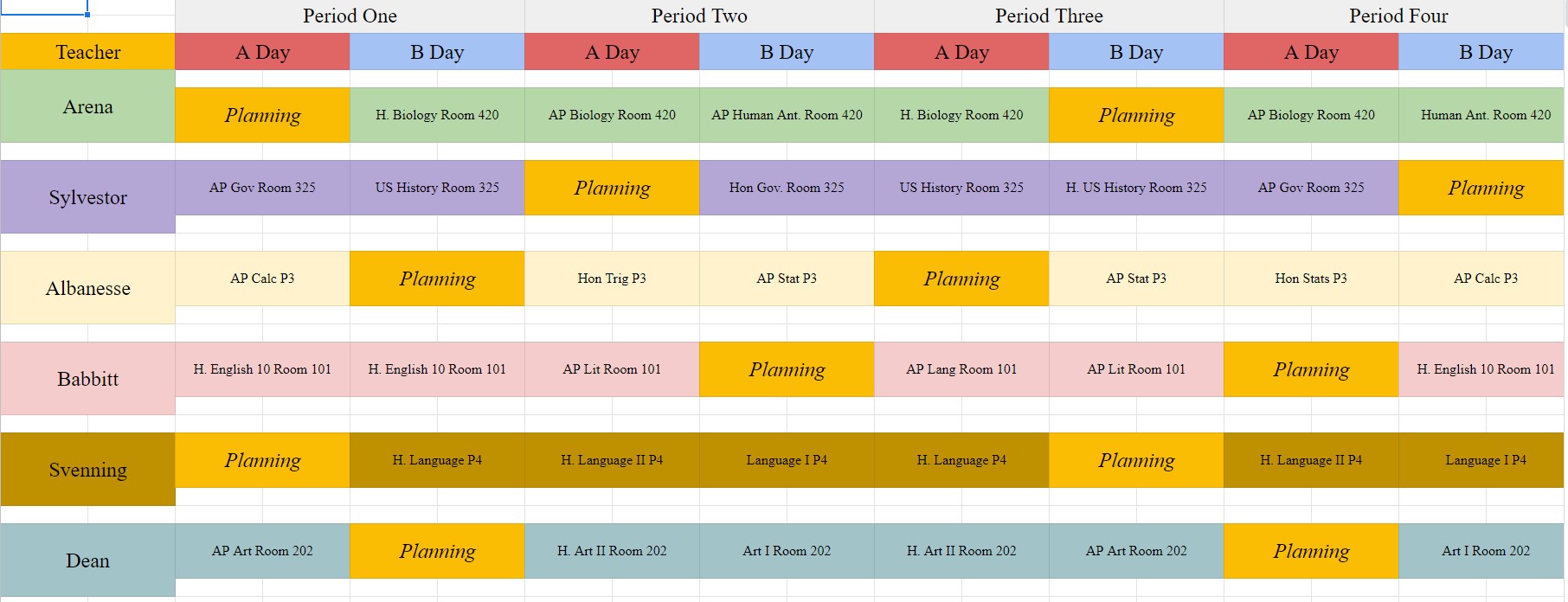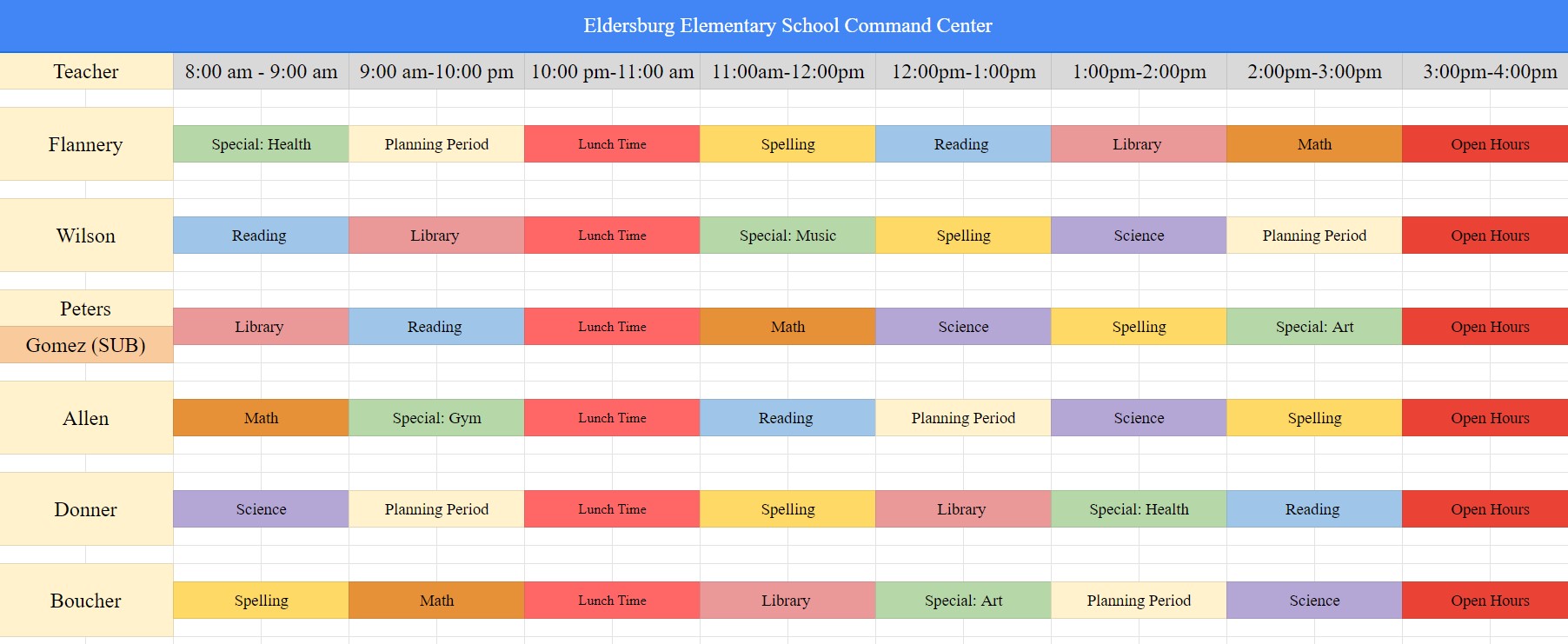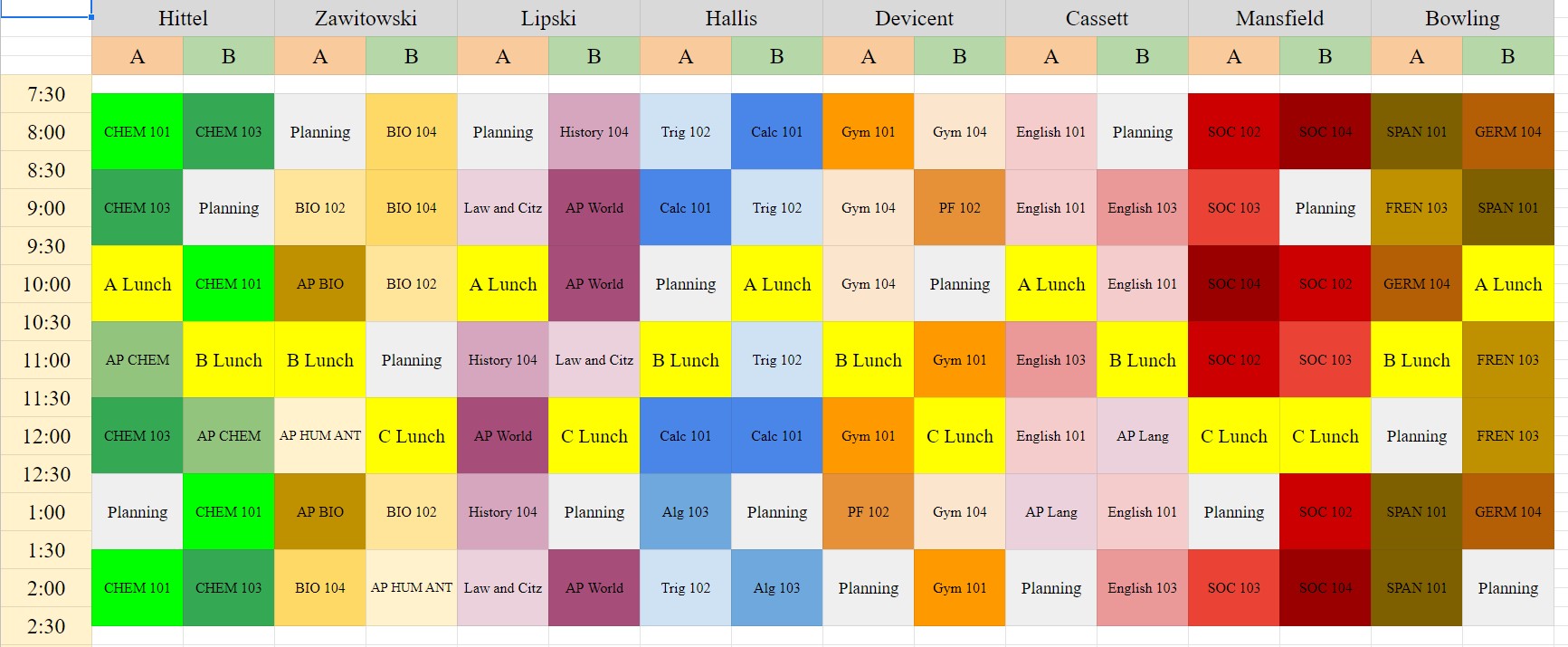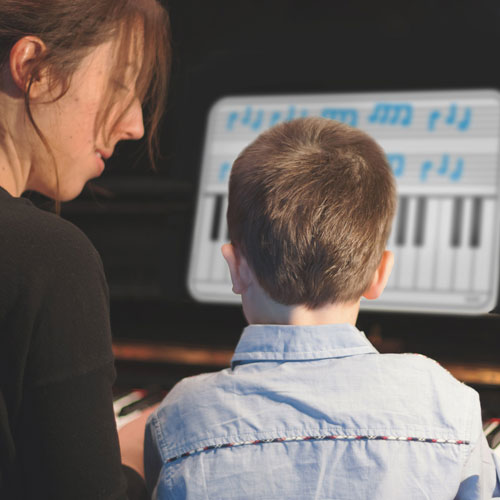
From scheduling to quick identification of classroom locations to safety, the school command center can do it all. Designed to fit your needs, you will never need another tool.
What is a Command Center?
Scheduling a school year or simply a term may seem like an enormous task to tackle, especially when looking at the overall picture. When recycled from the year prior, school scheduling can be static, stale, and unaccommodating to the constantly changing student demographic—resulting in a lack of opportunities, conflicting interests, and limited variety for students and teachers alike.
School schedules should be dynamic and subject to change, allowing for accommodations based on every student's needs. These schedules should allow for additions such as career and college preparation, supporting classes for struggling students, and classes designed for special education opportunities. But how does one attempt to master_new a school command center that’s built for changes, innovation, and adaptation?
Every command center is different, depending on the school's needs, teachers, and students. Some master_new schedules may be broken down into block periods, some based on semester, and others based on alternating days. Command centers are meant to be customizable to your needs.
This is where the school command center comes into play. It’s an easy way to schedule, locate and plan classes. Designed for quick changes and easy understanding, command centers are built to fit your needs. Every command center will look different, ranging from traditional school scheduling methods to creatively designed templates and everything in between.
 Command Center A
Command Center ASchool command centers are curated to fit your school's needs, wants, and designs. These command centers can include specifications such as teacher quantity, period numbers, and school day timelines. The design above is created for a four-period school day that alternates from “A” to “B” day schedules. The teacher’s color-coded schedule breaks down this schedule to quickly identify classes, planning periods, lunch, etc. “A” and “B” days allow for a more significant number of classes to fit within a school semester or quarter.
 Command Center B
Command Center BCommand Center B is relatively more straightforward due to its being an elementary school schedule design. The command center above is broken down through hourly schedules of the subject of learning throughout the school day, with the occasional ‘special’ class such as gym, art, or health in which students are away in a different classroom. This command center can be more traditional than the one in the first example by being focused on the teacher's daily routine.
 Command Center C
Command Center CFinally, Command Center C is the most complex and least traditional of our other examples. It looks rather complex compared to a “traditional” approach to a master_new schedule. This center was designed for a high school that alternates days between “A” and “B” while having seven different classes in a day. This schedule focuses on the teacher's schedule including planning periods and lunches. A teacher’s class periods are presented in color-coded segments to allow for easy tracking and identification, allowing for a wide-lens view of the school's structure.
As complex as these schedules seem, they are relatively simple once broken down into their simple elements. First, the school command center defines many aspects, from the students to teachers and the school's function. When designing for students, the structure determines everyone’s available opportunities, peer interactions, and classes. A teacher’s structure determines their course loads and when they have time for planning, grading, and peer collaboration. Finally, the entire school's structure can be defined within a command board, from opportunities offered, class quantity, and ability to prep students for college or careers.
How to Create Your Command Board
You’re probably wondering why I have shown you all these different command boards without explaining how to create your own? By presenting you with the possibilities of these boards, it allows you to have the ability to create one that caters to your needs. First, it all starts with the creation of your schedule. This can be done simply by starting with your student population, their needs, the number of students, and their abilities. Once you know your students, you can start with the teachers, allowing for balanced ratios, class sizes, and classes offered. They fit together like puzzle pieces when creating your command center, and you cannot complete nor start it without one or the other.
Since you’ve figured out the enormous task of figuring out your staffing and student needs, here are a few things to consider in planning the school command center. Consider carving out time in a teacher’s schedule that allows for teacher collaboration and building of culture with fellow staff members. This can be achieved by blocking off common planning periods for the same subject matter or grade-level teachers. This creates the opportunity for teachers to brainstorm, innovate and perfect their teaching plans for students. The conversations about what is working and what isn’t can be a daily occurrence, allowing for a smoother learner experience.
The school command center allows for a wide-lens vision of your school's ecosystem and allows for adaptation for every year, semester, or day. Designed to allow for easy adaptation, you will never need another tool. Using a school command center can iron out all the kinks your school has experienced with planning and scheduling, ultimately improving the flow of teaching and learning at every level.
Why Choose Us?
We are a small business whose products are made in the U.S.A. We specialize in dry erase boards, dry erase wallcoverings, portable dry erase units, high-quality custom printed whiteboards, fast shipping, and five-star customer service. Over the last three decades, we've worked hard to deliver industrial quality whiteboard solutions that won't hurt your budget.
Sources:
- Mastering the master_new schedule. ASCD. (n.d.). Retrieved April 20, 2022, from https://www.ascd.org/el/articles/master_newing-the-master_new-schedule





